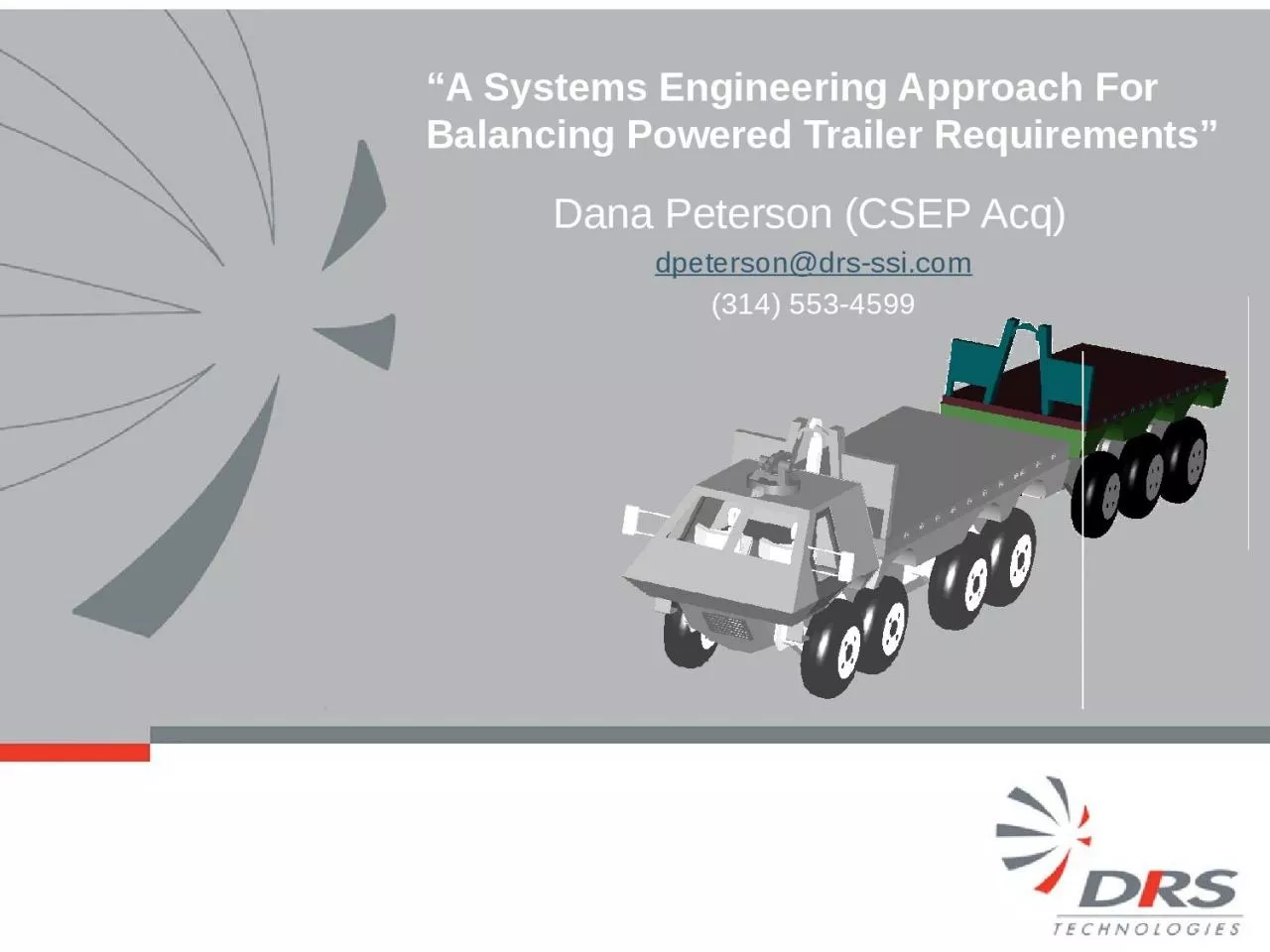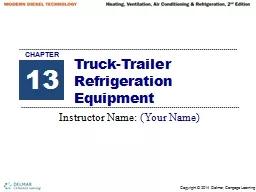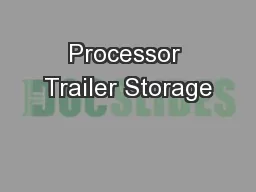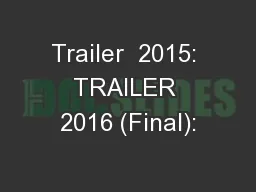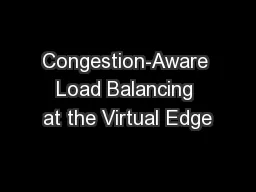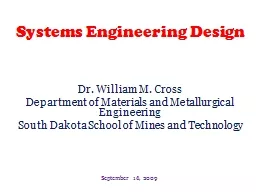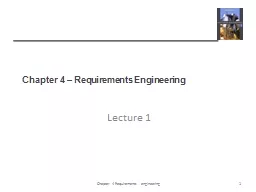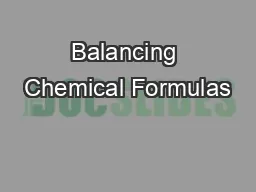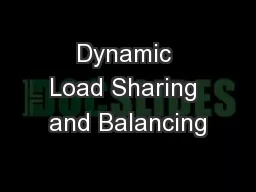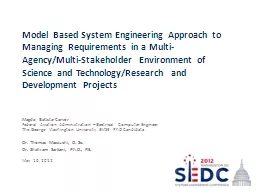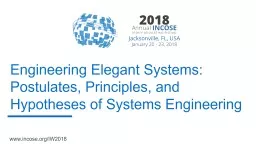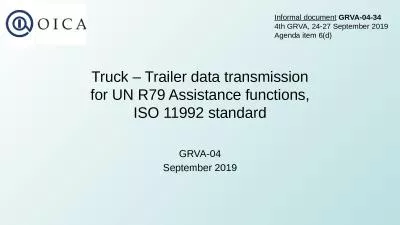PPT-“A Systems Engineering Approach For Balancing Powered Trailer Requirements”
Author : HotMess | Published Date : 2022-08-03
Dana Peterson CSEP Acq dpetersondrsssicom 314 5534599 Illustrate a sample of Systems Engineering tools used on the Powered Trailer project to Resolve requirement
Presentation Embed Code
Download Presentation
Download Presentation The PPT/PDF document "“A Systems Engineering Approach For Ba..." is the property of its rightful owner. Permission is granted to download and print the materials on this website for personal, non-commercial use only, and to display it on your personal computer provided you do not modify the materials and that you retain all copyright notices contained in the materials. By downloading content from our website, you accept the terms of this agreement.
“A Systems Engineering Approach For Balancing Powered Trailer Requirements”: Transcript
Download Rules Of Document
"“A Systems Engineering Approach For Balancing Powered Trailer Requirements”"The content belongs to its owner. You may download and print it for personal use, without modification, and keep all copyright notices. By downloading, you agree to these terms.
Related Documents

